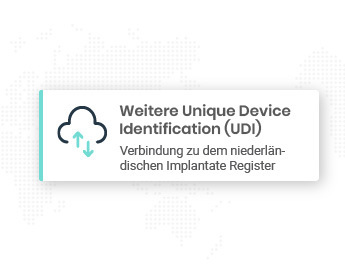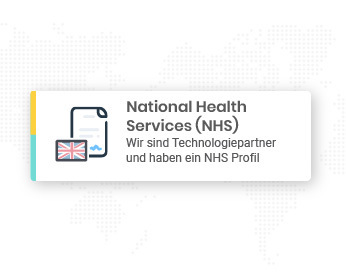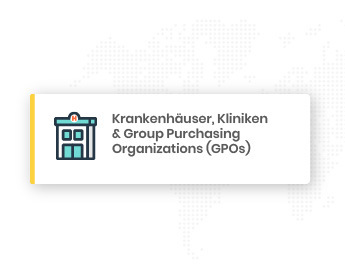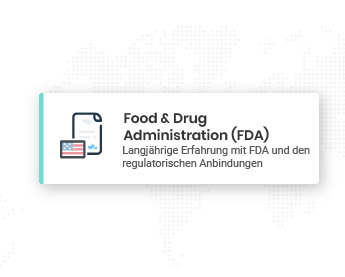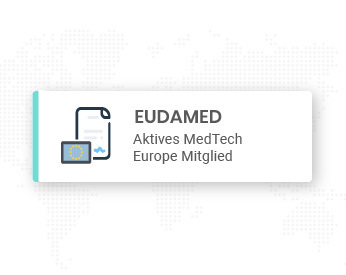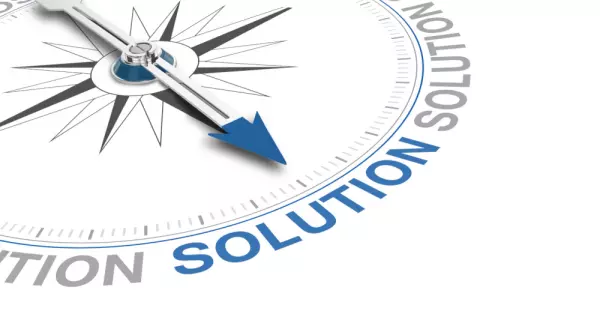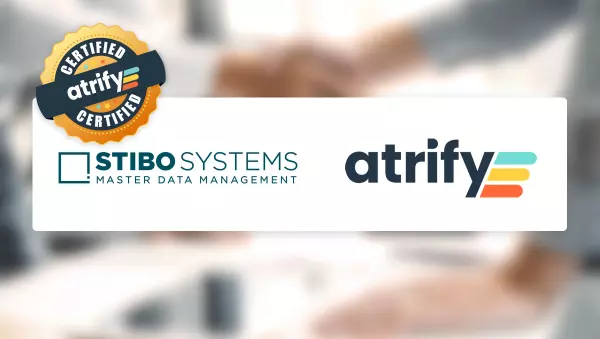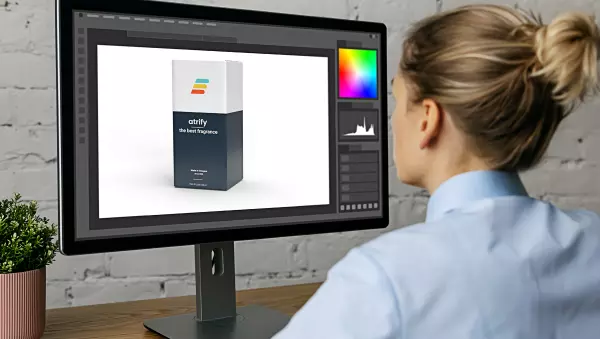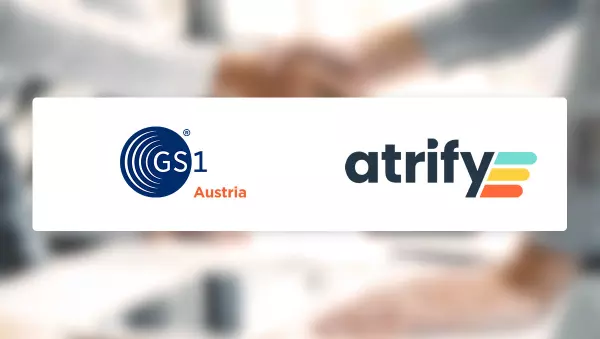
Dies ist ein weiterer wichtiger Schritt auf dem Weg zur Einführung von EUDAMED und der MDR/IVDR. Das bedeutet, dass die Hersteller von Medizinprodukten ab sofort in der Lage sein werden, ihre UDIs in der neuen europäischen Regulierungsdatenbank zu registrieren.
atrify steht an vorderster Front bei der Prüfung des UDI-Moduls mit der Europäischen Kommission, zusammen mit unserer Gemeinschaft führender Hersteller seit 2019, denen wir herzlich für ihre aktive Beteiligung und ihr Vertrauen danken möchten . Allerdings konnte die Industrie noch nicht alle geplanten Funktionen von EUDAMED ordnungsgemäß testen, da die technische Dokumentation der Kommission fehlte bzw. die Funktionen in den bisherigen Playground-(Test-)Umgebungen von EUDAMED nicht verfügbar waren; daher können wir heute nicht beurteilen, wie stabil und nutzbar die am 4. Oktober veröffentlichte Produktionsversion des UDI-Moduls ist. Aktualisierte technische Spezifikationen werden von der Europäischen Kommission noch erwartet, und wir werden in den nächsten Monaten weitere intensive Tests im Playground durchführen , um sicherzustellen, dass die Industrie nach gründlichen Benutzerakzeptanztests von EUDAMED selbst sicher und effizient mit der Registrierung von UDIs in EUDAMED beginnen kann. Beginnen Sie jetzt damit, Ihre verschiedenen Anwendungsfälle im Playground mit atrify zu testen, um rechtzeitig mit der Registrierung Ihrer Geräte in EUDAMED fertig zu werden.
EUDAMED ist noch sehr neu und hochkomplex und basiert auf dem Grundprinzip, dass die Daten von Anfang an vollständig korrekt sein sollten, um jegliche Korrektur zu vermeiden . Es ist von entscheidender Bedeutung, dass Sie die Anforderungen des UDI-Moduls genau kennen, um der Verordnung gerecht zu werden. Wir sind hier, um Sie zu unterstützen, damit die Reise so reibungslos und komfortabel wie möglich verläuft.
In den letzten Monaten hat atrify zahlreiche Hersteller bei ihrer Registrierung bei EUDAMED beraten. Wir helfen auch Ihnen, Ihre EUDAMED Challenge zu meistern und die konforme, schnelle und einfache Übertragung Ihrer UDI-Gerätedaten in EUDAMED sicherzustellen.
Following the release of the Actor module live since December 2020, the UDI and CERTIFICATE modules went to production in EUDAMED on Monday 4th October.
This is another critical step towards the roll-out of EUDAMED and the MDR/IVDR; which means that manufacturers of medical devices will now be able to register their UDIs in the new European regulatory database.
atrify has been at the forefront of testing with the European Commission the UDI module, together with our community of leading manufacturers since 2019 and whom we want to warmly thank for their active involvement and trust . However, the Industry has not yet been able to properly test all planned functionalities of EUDAMED due to missing technical documentation from the Commission/functionalities not available in previous Playground (test) environments of EUDAMED; therefore we cannot assess today, how stable and usable is the Production version of the UDI module released on 4th October. Updated technical specifications are still due by the European Commission and we will continue intensely testing in the Playground over the next couple of months to ensure the industry can safely and efficiently start registering UDIs in EUDAMED after thorough User Acceptance Testing of EUDAMED itself. Start testing your various use cases within the Playground with atrify now to be ready with registering your devices in EUDAMED on time.
EUDAMED is still very new and is highly complex, and is built on the key principle that data should be fully correct from the beginning to avoid any correction . It is essential that you have a full understanding of the requirements of the UDI module to be compliant with the regulation. We are here to support you to make it a journey as smooth and comfortable as possible.
During the last fe


